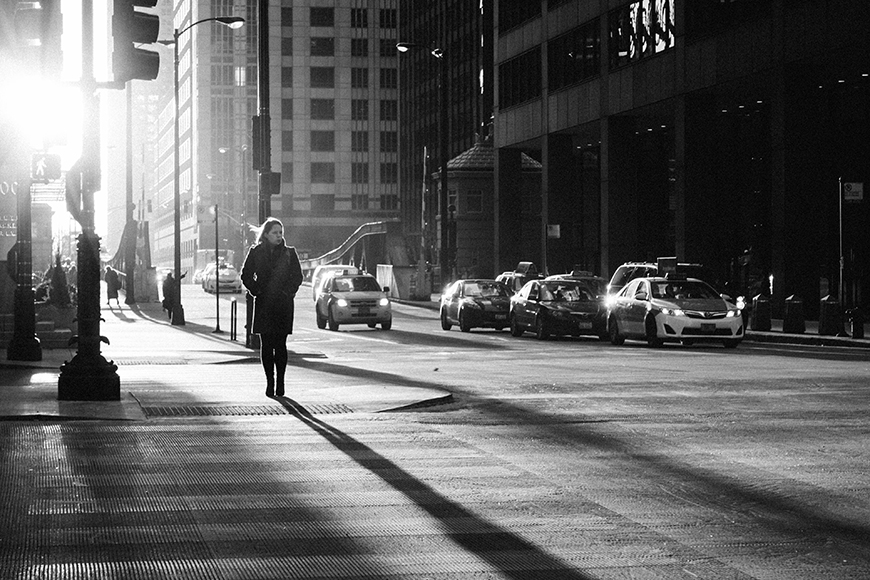Fascination About Street Photographers
Fascination About Street Photographers
Blog Article
The smart Trick of Street Photographers That Nobody is Talking About
Table of ContentsSome Known Factual Statements About Street Photographers What Does Street Photographers Mean?The Basic Principles Of Street Photographers Unknown Facts About Street PhotographersThe Ultimate Guide To Street Photographers
Street photographers do not always have a social function in mind, but they favor to isolate and capture minutes which may or else go unnoticed.He was influenced by numerous of those that influenced the road photographers of the 1950s and '60s, he was not primarily interested in catching the spirit of the street. The impulse to visually record individuals in public began with 19th-century painters such as Edgar Degas, douard Manet, and Henri de Toulouse-Lautrec, that worked side by side with photographers trying to catch the significance of urban life.
Due to the comparatively primitive innovation readily available to him and the lengthy exposure time called for, he struggled to capture the stress of the Paris roads. He trying out a series of photo approaches, trying to find one that would allow him to catch activity without a blur, and he located some success with the calotype, patented in 1841 by William Henry Fox Talbot. As opposed to Atget, digital photographer Charles Marville was hired by the city of Paris to produce an encyclopaedic paper of Haussmann's city planning task as it unfolded, thus old and new Paris. While the photographers' topic was basically the very same, the outcomes were considerably various, showing the effect of the digital photographer's bent on the character of the images he produced.
Given the great quality of his photos and the breadth of product, engineers and artists typically bought Atget's prints to make use of as referral for their very own job, though business interests were hardly his major inspiration. Rather, he was driven to picture every last remnant of the Paris he loved.
Some Ideas on Street Photographers You Should Know
They reveal the city through his eyes. His work and fundamental understanding of digital photography as an art form acted as ideas to generations of photographers that adhered to. The future generation of street professional photographers, though they likely did not describe themselves thus, was ushered in by the photojournalism of Hungarian-born digital photographer Andr Kertsz.
Unlike his peers, Brassa used a larger-format Voigtlnder video camera with a much longer direct exposure time, forcing him to be much more calculated and thoughtful in his technique than he may have been if using a Leica. (It is assumed that he might not have actually been able to afford a Leica at that time, yet he did, however, make Click This Link use of one in the late 1950s to take colour photos.) Brassa's photographs of the Paris abyss brightened by fabricated light were a discovery, and the compilation of the series that he published, (1933 ), was a major success.
Cartier-Bresson was a champion of the Leica cam and one of the first professional photographers to optimize its capacities. The Leica permitted the photographer to engage with the environments and to record moments as they occurred. Its fairly small dimension additionally assisted the digital photographer fade right into the background, which was Cartier-Bresson's favored technique.
The Best Strategy To Use For Street Photographers
It is as a result of this contact form this fundamental understanding of the art of picture taking that he is frequently attributed with uncovering the medium throughout again approximately a century because its invention. He took pictures for even more than a half century and influenced generations of digital photographers to trust their eye and instinct in the minute.
These are the questions I will attempt to respond to: And then I'll leave you with my very own definition of street photography. Yes, we do. Let's begin with defining what a meaning is: According to (Street Photographers) it is: "The act of specifying, or of making something guaranteed, distinctive, or clear"
No, most definitely not. The term is both restricting and misdirecting. Seems like a street digital photography must be pictures of a roads best?! And all street digital photographers, besides a small number of outright novices, will totally value that a street is not the essential part to road photography, and in fact if it's a photo of a see here road with possibly a few boring people doing nothing of interest, that's not street digital photography that's a picture of a road.
The Ultimate Guide To Street Photographers
He makes a legitimate factor do not you believe? Nevertheless, while I concur with him I'm uncertain "candid public photography" will certainly catch on (although I do sort of like the term "candid photography") because "street digital photography" has actually been around for a lengthy time, with numerous masters' names affixed to it, so I believe the term is here to stay.
You can shoot at the coastline, at a festival, in a street, in a park, in a piazza, in a cafe, at a museum or art gallery, in a city station, at an occasion, on a bridge, under a bridge ...
Yes, I'm afraid we worried no choice! Without policies we can not have an interpretation, and without a meaning we don't have a category, and without a genre we do not have anything to specify what we do, and so we are stuck in a "policies definition style" loop!
The Buzz on Street Photographers

Report this page